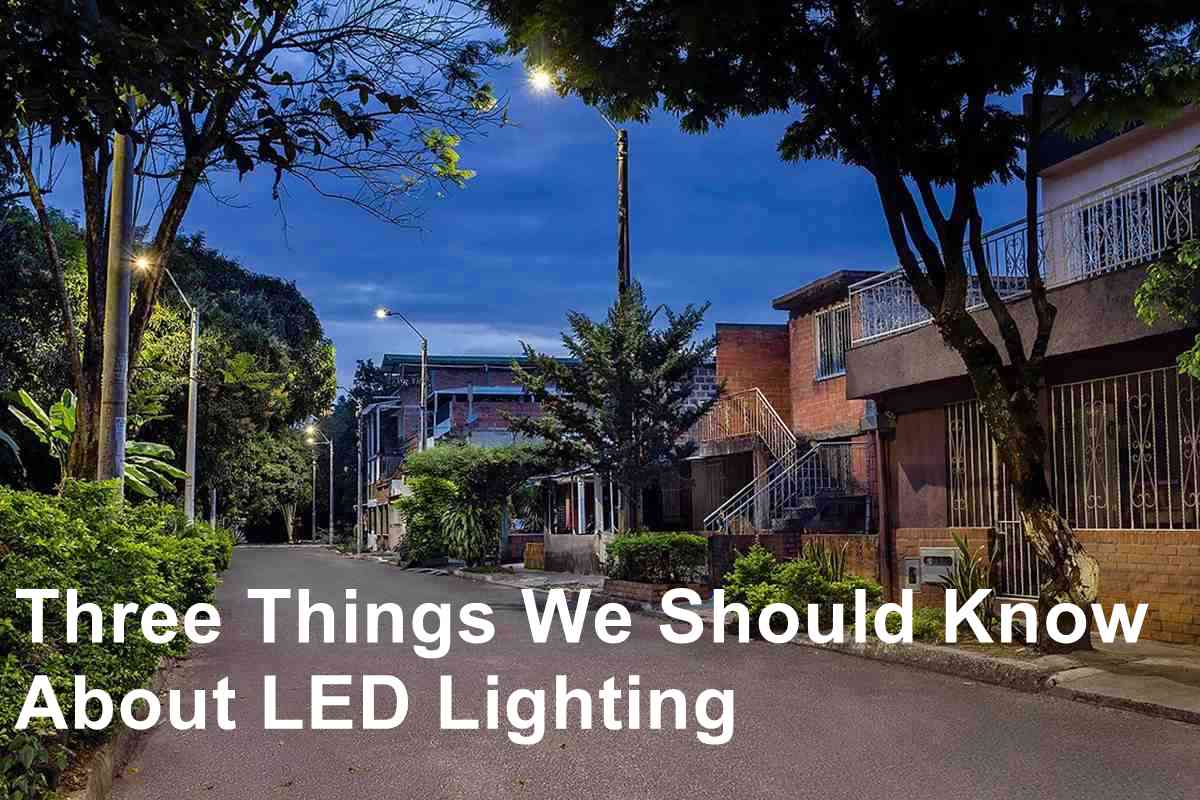
With the popularity of LED lighting, more and more lighting fields use LED lamps, such as urban street lighting, commercial lighting, industrial lighting, public park and square lighting, and home interior lighting. So how much do you know about LED lighting? As an LED lighting manufacturer, ZGSM will tell you three things we should know about LED lighting.
Table of Contents [hide]
LED usually means light-emitting diode. A semiconductor light source called a light-emitting diode (LED) produces light when current passes through it. Recombining electrons and electron holes in the semiconductor results in the release of energy in the form of photons. The energy needed for electrons to pass through the semiconductor's band gap determines the hue of the light, which corresponds to the energy of the photons. A layer of light-emitting phosphor or several semiconductors can be used to create white light on a semiconductor device.
LED lighting is a general term for lighting with LED lamps, which is different from traditional lighting, such as traditional incandescent lighting, traditional energy-saving lamp lighting, etc. LED lighting products produce light up to 90% more efficiently than traditional light bulbs. That's why more and more new projects in various countries around the world are using LED lamps. Traditional high pressure sodium and metal halide lamps in most older projects are also being replaced by LED lamps.
LED lights are actually quite simple and inexpensive to produce, which is why there was such a big deal when they were originally created.
The Specifications: Two different kinds of semiconducting materials are used to make LEDs (a p-type and an n-type). The electrical characteristics of the p-type and n-type materials, also known as astringent materials, have been slightly modified from their pure, unaltered, or "intrinsic" forms by doping (dipping into a substance known as a "doping agent") (i-type).
By adding atoms of another element to the original material, the p-type and n-type materials are produced. Some of the old atoms are replaced by these new ones, which changes the physical and chemical structure. Elements with less valence electrons than the intrinsic material, like boron, are used to make the p-type materials (oftentimes silicon). Elements with more valence electrons than the intrinsic material, like phosphorus, are used to generate n-type materials (oftentimes silicon). In the end, a p-n junction with intriguing and practical features for electrical applications is produced. The amount and direction of current, as well as any external voltage provided to the circuit, determine exactly what those features are.
LED Bus Station Lighting Project In Ecuador
Compared with traditional lamps, LED lamps have a much longer lifespan, usually more than 15 years. LED Lighting Suppliers generally provide customers with a 5-7 year warranty.
High Energy Efficacy is another one of the top benefits of LED lighting. Useful lumens, which evaluate the amount of light a device outputs for every watt it consumes, are a common way to assess a lighting source's energy efficiency. In the past, we measured light in terms of lumens, but in actuality, some of these lumens are wasted. Compared to other lighting technologies, LED lighting generates more useable lumens and less waste light.
Your overall energy efficiency might increase by as much as 60% to 70% if you switched to LEDs for all the lights in your workplace, school, or other institution. Depending on the type of lighting you replace and the type of LED lights you use, the improvement could reach 90% in some instances.
Saving money is directly tied to these increases in energy efficiency. Your energy usage will drastically decrease when you switch to an LED light source, making LED lighting a wise investment for any company's bottom line!
It is becoming more and more crucial for businesses to go green. Customers are demanding more ecologically friendly products, and choosing an eco-friendly light source can both help businesses use less energy and appeal to a customer base that is socially conscious.
The production process for LED lights is environmentally friendly as well. Mercury is a component of many conventional lighting sources, including fluorescent and mercury vapor lights, internally. As a result, they need special attention as they near the end of their lives. With LED lights, you are free from all of these concerns. Because the materials in LED lamps are 100% environmentally friendly and recyclable.
The cold is not pleasant for conventional illumination sources. Lighting sources, in particular fluorescent lights, require a higher voltage to start and lose some of their brightness when the temperature drops. However, the performance of LED lamps is much less affected by low temperature. For example, Rifle series LED Street Light designed and produced by ZGSM can work normally at minus 40 degrees Celsius.
Video of Rifle Series LED Street Light
![]() Installation Manual_StreetLight_Rifle.pdf
Installation Manual_StreetLight_Rifle.pdf
![]() Data Sheet_StreetLight_Rifle.pdf
Data Sheet_StreetLight_Rifle.pdf
If you've ever attempted to replace an incandescent light bulb as soon as it stops working, you are aware of how hot they can become. More than 90% of the energy used by many conventional lighting sources, such as incandescent bulbs, is converted into heat, just 10% is used to produce light.
Nearly all of the light that LEDs produce is visible light, and they nearly never produce any heat. Because of this aspect, medical professionals are considering LEDs as a potential treatment for Seasonal Affective Disorder (SAD), a condition that affects a lot of people throughout the winter months.
Additionally, it makes LEDs perfect for illuminating artwork that would deteriorate or disintegrate over time as a result of exposure to UV radiation.
LED lamps are equipped with drivers, different drivers can make LED lamps support different dimming functions, such as 0(1)-5V, 0(1)-10V, DALI, PWM dimming and so on. In LED lighting, we can easily adjust the brightness from 0% to 100%, which is impossible for many other traditional lighting fixtures.
Now LED lighting technology is still developing rapidly, and LED lamps and lanterns are updated frequently. We need to continue to learn and update in order to better understand and apply LED lighting, and to provide the most suitable LED lighting solutions and customized services according to customer requirements.
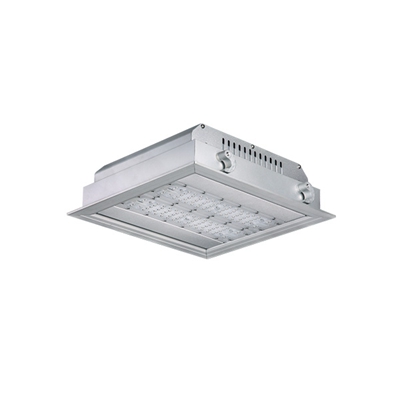 |  | 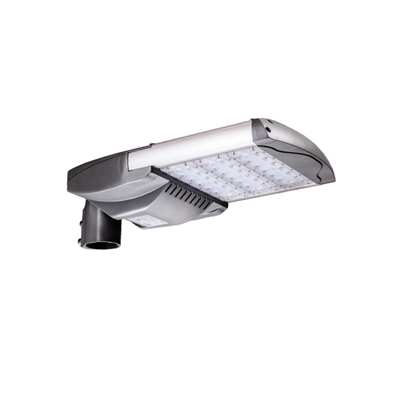 |
| High Efficiency 80W ATEX LED Lighting | IP66 150w Modular Design Street LED Lights | |
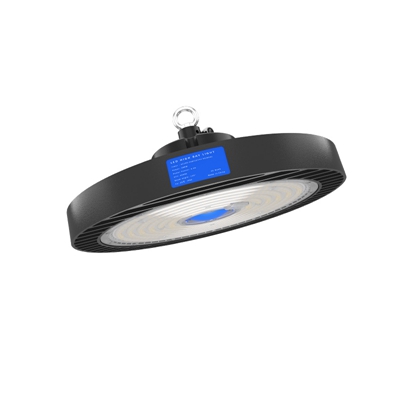 | 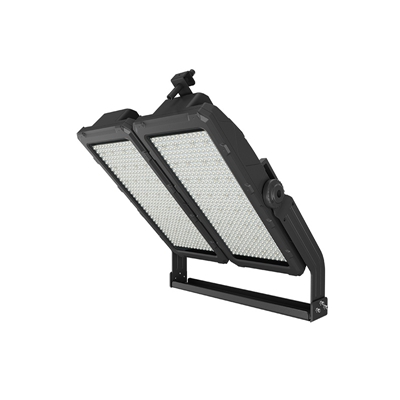 | 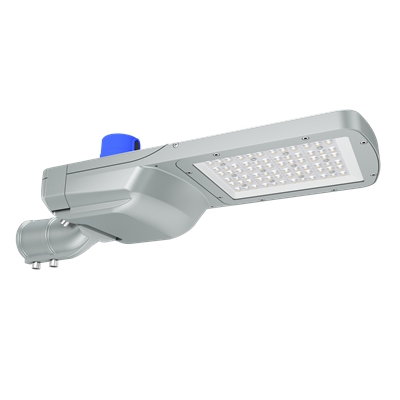 |
| 150 Watt UFO High Bay LED Light | 560w LED Sports Light for Outdoor Sports | 150 Watt LED Street Light With Motion Sensor |
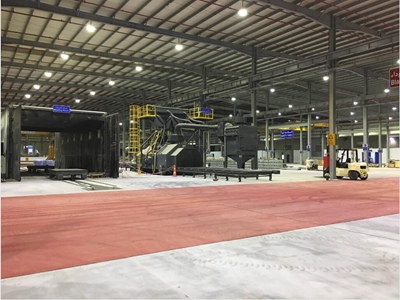 | 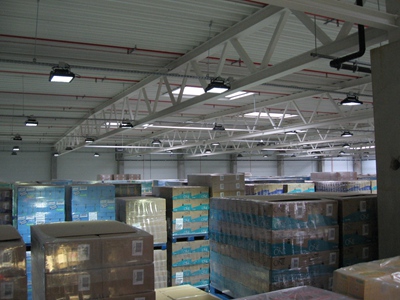 | |
| LED HIGH BAY LIGHT PROJECT IN UAE | LED HIGH BAY LIGHT PROJECT IN HUNGARY | LED HIGH BAY LIGHT PROJECT IN ITALY |
 | 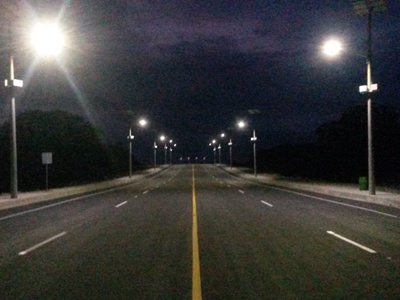 | 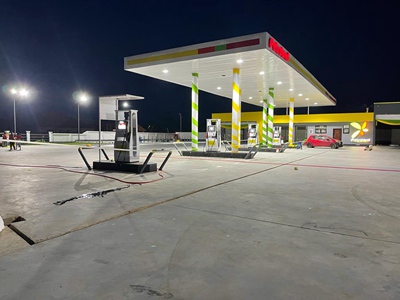 |
| LED HIGH BAY LIGHT PROJECT IN SPAIN | SOLAR STREET LIGHT IN ECUADOR | LED GAS STATION LIGHT IN GHANA |
A motion sensor is a device that recognizes physical movement on a product or in the surrounding area. Real-time physical and/or kinetic movements can be detected and recorded by it.
Another name for a motion sensor is a motion detector.
The motion sensors in LED lighting area are usually used for detecting passing persons or cars. When there are no persons or cars, the LED lights could work under energy-saving mode, for example 30% power. If there are persons or cars coming and detected by motion sensor, the motion sensor would turn the LED lights to 100% power automatically.
DALI stands for Digital Addressable Lighting Interface. It is a lighting interface system that allows lighting to be controlled more precisely and versatile using a digital signal. The system uses a two-way technique to allow the user to communicate with LED drivers and ballasts, as well as vice versa, using a DALI controller, which is often a computer system with software or a dimming controller.
DALI is also an international lighting communication standard (IEC 62386), which implies that all components of a lighting system labelled with the DALI emblem, even those from different manufacturers, can communicate with one another. This standard was established to ensure that lighting solutions in the industry are compatible and interchangeable
We provide a variety of LED lights for different lighting applications with different requirements and budgets. From canopy lights to outside area lighting, building perimeter lighting, convenience store lighting, and more, we've got you covered.
These goods range from low-cost to high-end specifications. The price varies depending on how many products you need and which product versions you choose.
View our range of products and contact us for more information regarding price.
Share the Post
Add: 1-1 Dabai Road, Lin’an District, Hangzhou, 311300 Zhejiang, China.
Copyright © Hangzhou ZGSM Technology Co., Ltd. All Rights Reserved
